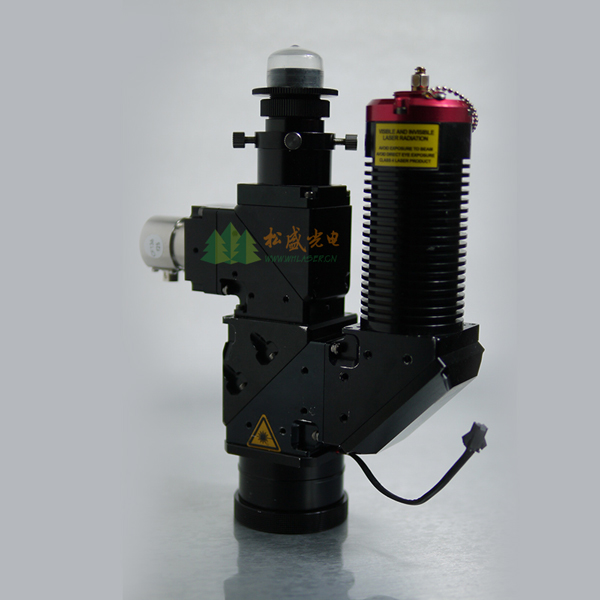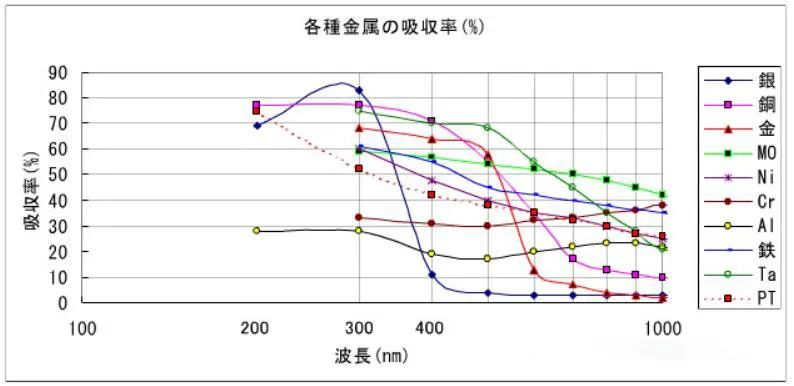Welding technology has always played a vital role in modern industrial production. In recent years, the attractive laser tin welding has become a new force in the field of welding technology. Today, Songsheng Optoelectronics will in -depth understanding of the process principles, methods and parameter settings of laser tin welding, and explore its application in the electronic installation industry.
Principles of laser tin welding

Coales Temperature Temperature Visual Single Focus on Laser Tin Welding Head icons
The process principle of laser tin welding is mainly to use laser as a heating light source. By transmitting the coordination of optical fiber and laser welding tips, the laser focuses on the welding area. The welding area absorbs the laser energy quickly heating and melting welds, and then stops the laser cooling welding area, and the solder solidifies to form a solder joint. Because only local heating welding areas, the other parts of the entire component are almost not affected by heating. millisecond. Non -contact welding has no mechanical stress effect on the pad, and the spatial utilization rate is high. In this process, the laser radiation energy is converted into heat energy, so that tin material is melted rapidly, thereby completing welding.
Laser tin welding process method and parameter settings

Various metal absorption rate icons
The process and parameter settings of laser welding are critical to welding quality. When selecting the laser tin welding system, the laser power, wavelength, focal length, welding speed/time, temperature mode and power mode should be considered, and corresponding adjustments are made according to the specific welding materials. In actual welding, the coating, surface state, thermal conductivity, transmission rate, and absorption rate of welding materials need to be considered to ensure the stability and reliability of the quality of the welding point.
1. Laser power
Optical laser has unique technical characteristics since the emergence of the appear: light wave guide transmission, flexible cooperation with robots, suitable for large -scale production; long service life, semiconductor lasers after 50,000 hours of circulation test, suitable for long -term continuous production; simple structure, easy production, assembly assembly Compared with the professional precision assembly and debugging of the hard light road, the production of fiber laser production is general, and the production assembly requirements are low and easy to produce; the photoelectric conversion efficiency is high, and the general optical fiber laser conversion efficiency is generally 25-30%(976nm pump Pupu Pupu The transformation rate of the technical solution is more than 40%), which is more than three times the CO2, which makes the operating cost low.
2. Light spots
The size of the beam spots is one of the most important variables in laser welding because it determines the power density. The size of the beam focus diffraction extreme light spots can be calculated based on the theoretical of the light diffraction, but due to the existence of the difference in lens image, the actual light spot is greater than the calculation value. The simplest measurement method is to wait for the temperature contour, that is, burnt with photo paper, penetrate polyacryne boards, measure the focus and perforation diameter. By measuring practice, master the time of laser power and beam.
3. Material absorption value
The absorption of laser materials depends on some important performance of the material, such as absorption rate, reflectance, thermal conductivity, melting temperature, evaporation temperature, etc. The most important one is the absorption rate.
Factors affecting the absorption of laser beam include two aspects: one is the resistance coefficient of the material. Through the measurement of the surface absorption rate of material polishing, it is found that the absorption rate of the material is proportional to the square root of the resistor coefficient, and the resistor coefficient changes with the temperature; second, the surface state (or fuse) of the material has an important impact on the beam absorption rate, and the welding effect on the welding effect There is an obvious impact.
Contact: Mr.Xiao
Phone: +86-13385280662
E-mail: market001@whlaser.cn
Add: Room 02, Floor 5, Building 9, Gezhouba Sun City, No. 40, Gaoxin 4th Road, Donghu New Technology Development Zone, Wuhan